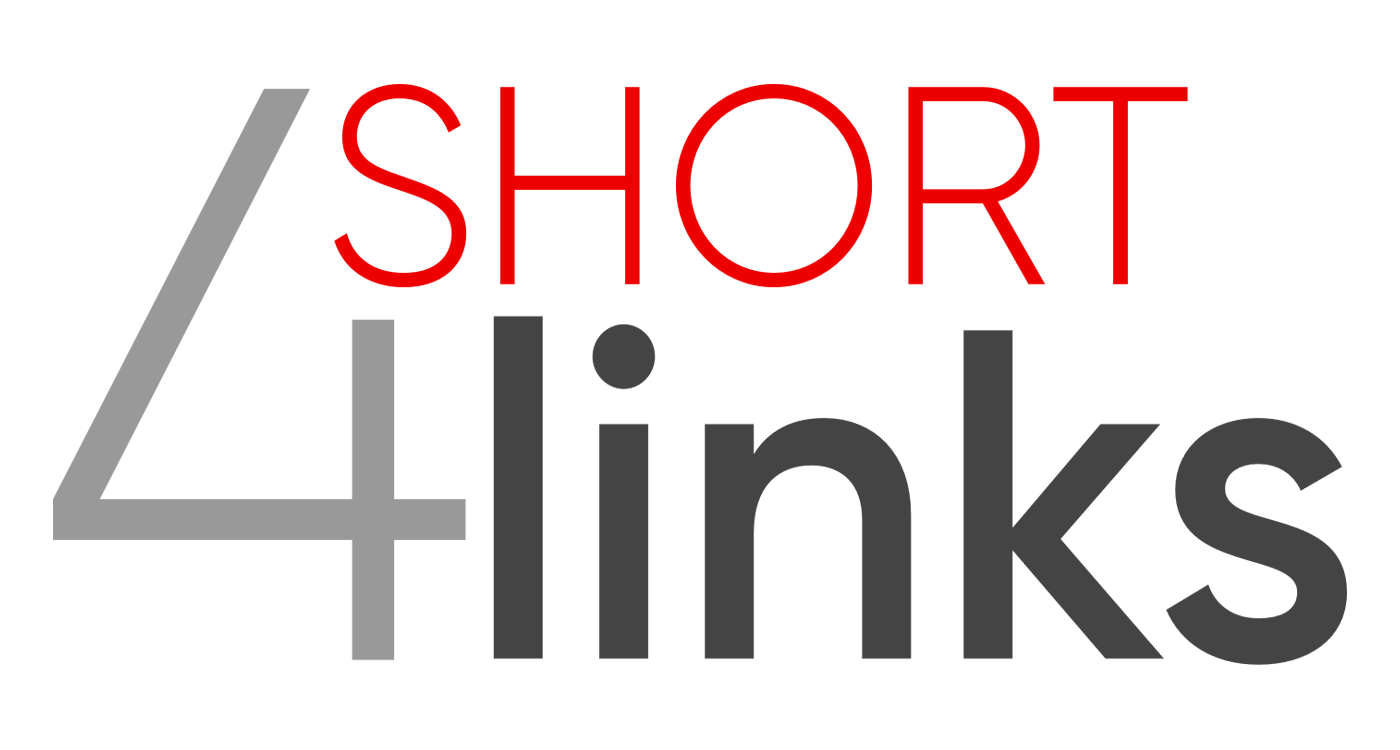Four short links: 24 June 2020
CDA, WireViz, Geospatial, and Photorealistic Upscaling

- You’ve Been Referred Here Because You’re Wrong About Section 230 Of The Communications Decency Act — Really good mythbusting piece about Section 230 of the Communications Decency Act (the piece of legislation that places the liability for online content upon the whoever created the content, not on whoever is hosting it).
- WireViz — a tool for easily documenting cables, wiring harnesses and connector pinouts. It takes plain text, YAML-formatted files as input and produces beautiful graphical output (SVG, PNG, …) thanks to GraphViz. It handles automatic BOM (Bill of Materials) creation and has a lot of extra features.
- 10 Opinions about the Geospatial Industry — The most successful and ambitious mapping project of all time, Google Maps, is an advertising platform. There is no “geospatial industry,” only industries with spatial problems. It follows, then, that the most valuable geospatial applications are always custom-built in service of a particular domain that doesn’t self-identify as “geospatial.” The closest you can get to a “geospatial app” is a UI on top of a dev tool. And much more. So good.
- Clear Statement of Why Photorealistic Upscaling is Bogus — ML-assisted upscaling doesn’t produce output that accurately represents the original full-resolution image. It produces output that humans perceive to be realistic-looking, or free of traditional upscaling artifacts. […] The problem with these ML hallucinated upscaled images is that they look and feel real enough that they bypass people’s suspicions. We can try to present them as “Here’s what the suspect might look like”, but when they look like a full-resolution photograph, people will simply assume that it’s exactly what the suspect looks like.
